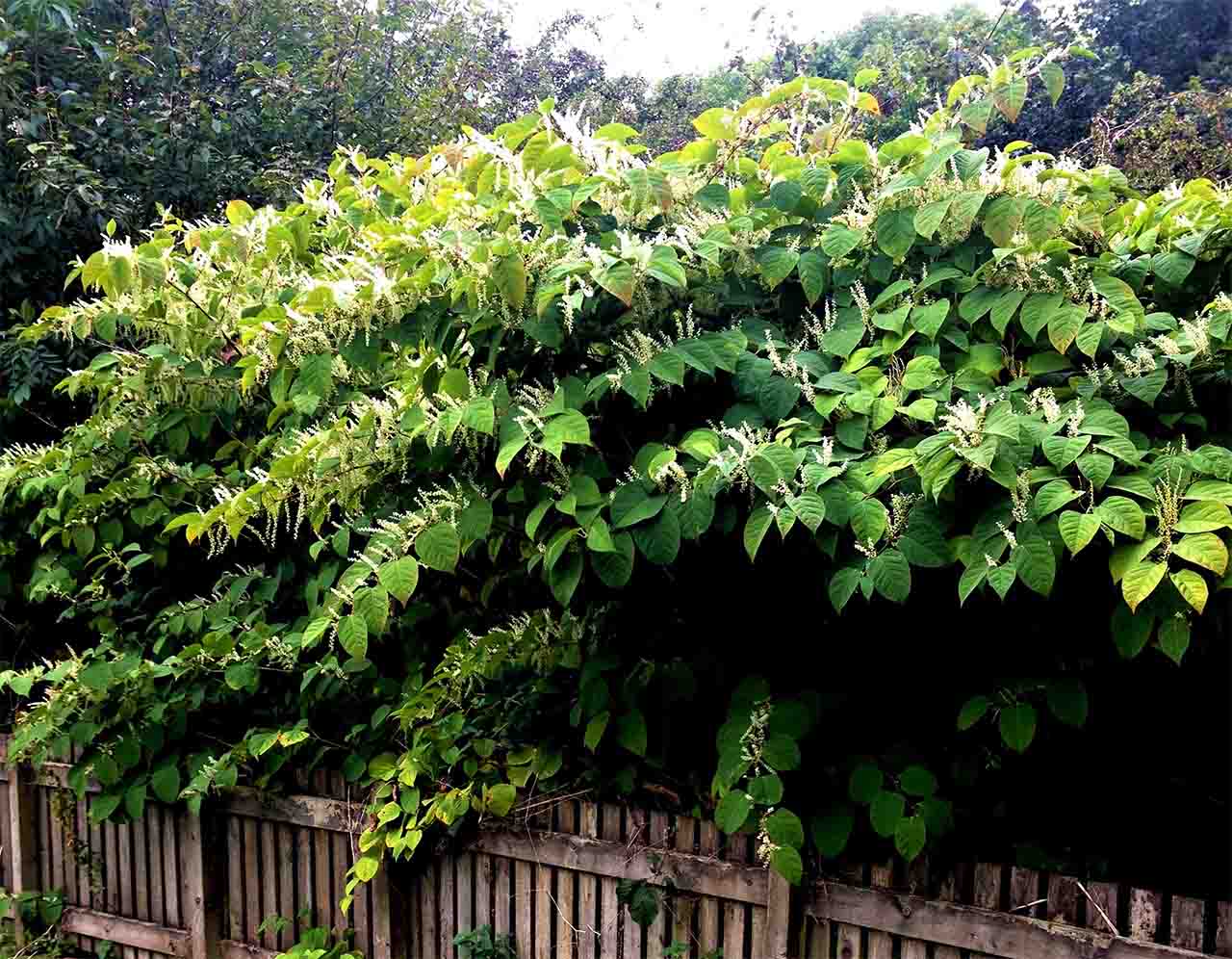Agriculture & Climate change, UK (Commonwealth Union) – Japanese knotweed (Fallopia japonica) is a perennial plant that is native to East Asia, including Japan, Korea, and China. It was introduced to Europe in the 19th century as an ornamental plant and was later brought to North America. Japanese knotweed is now considered one of the world’s worst invasive species due to its ability to rapidly spread and outcompete native plants.
The plant is incredibly resilient, with a deep, extensive root system that can grow up to 3 meters deep and spread up to 7 meters wide. It can grow through cracks in concrete and asphalt and can even cause damage to buildings and infrastructure. The plant can also regenerate from small fragments of its rhizomes, making it incredibly difficult to eradicate.
A New Swansea University study has explored the long-term atmospheric impacts of various methods to control Japanese knotweed.
The speicies is estimated to cost over £165 million to manage annually just in the UK alone. The invasive species could blight property purchases for households across the nation.
Efforts to control Japanese knotweed have included the use of chemicals and physical removal, such as digging up the entire root system. However, these methods are often expensive and time-consuming, and there is no guarantee of success in the past. Some researchers in many parts of the world are exploring biological control options, such as introducing insects or pathogens that specifically target Japanese knotweed.
Various methods used in controlling the condition has led to various methods of trying to tackle it but with sustainability becoming increasingly significant, learning the effect of these management methods is essential according to researchers.
The new study, that was led by biosciences lecturer Dr Sophie Hocking who evaluated the entire life cycle and long term effects of various management methods, was recently published in online journal Scientific Reports.
Dr Hocking indicated that taking into account the present climate emergency and biodiversity crisis, invasive species management and sustainability were never as significant as the present.
“Both of these are intrinsically linked – we know that invasive species can cause substantial negative ecological, social and economic impacts, and the way we manage these species should mitigate against this in a sustainable way to ensure we are not doing more harm than good.
“Although there has been more research into how we can best manage the plant, little is known about how sustainable these approaches are.”
This study followed work done on prior occasions making the Swansea University a cutting-edge center of Japanese knotweed expertise and understanding.
Professor Dan Eastwood and Dr Dan Jones initiated the world’s widest knotweed control field trial in 2012 that conducted tests on the main physical, chemical and integrated techniques for controlling the species. The study was undertaken in close association with Complete Weed Control’s Managing Director Ian Graham and Dr Jones who heads the Advanced Invasives, which is a spinout company.
This field research made available vital information for Dr Hocking’s work. With the application of a life cycle assessment (LCA), a technique for evaluating atmospheric impacts linked to all the stages of the life cycle of a commercial process, in seeking out the relative atmospheric impacts of a range of chemical and physiochemical knotweed management techniques.
The study had gone beyond a focus on the use and end-of life of these techniques and evaluated the atmospheric impacts of various management methods such as the formation of materials and herbicides needed to achieve knotweed control. This is a factor regularly overlooked when sustainability is studied. The study had the team choose techniques commonly utilized for knotweed management and applied real-world data on time consumption, amount of materials applied and economic factors to evaluate their relative atmospheric effects.








